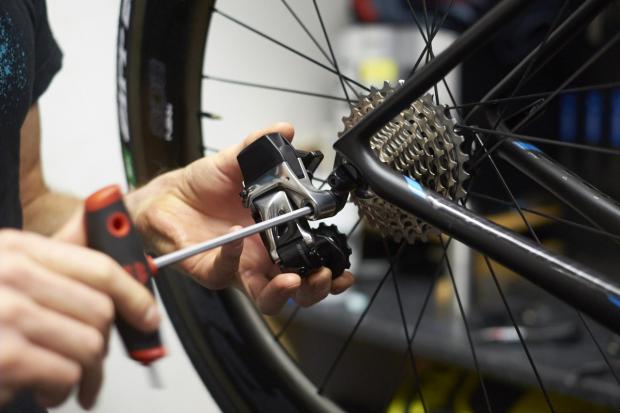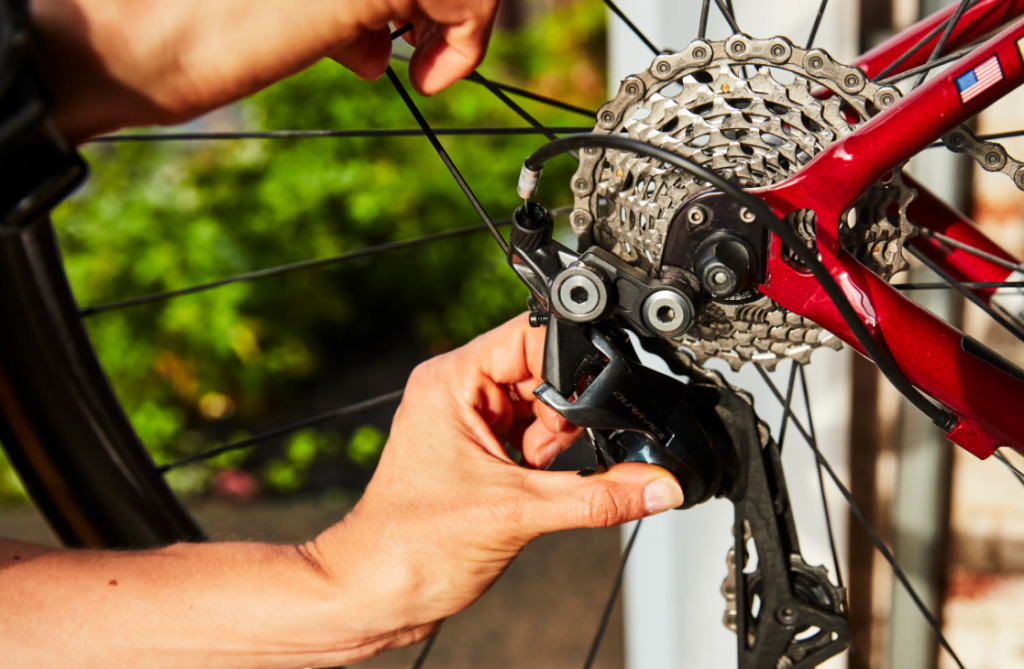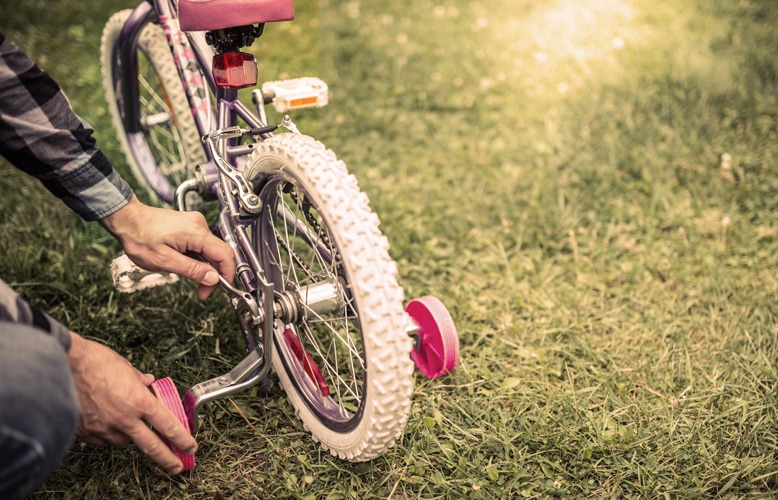- Trails
-
Bikes
-
Gear
-
Tips & Tricks
-
About us



 Cycling is all about constant motion and while your knee joints are strong, they can quickly wear down. If you have red, swollen knees, constant pain, or you aren’t able to ride for very long, there is a chance your
Cycling is all about constant motion and while your knee joints are strong, they can quickly wear down. If you have red, swollen knees, constant pain, or you aren’t able to ride for very long, there is a chance your 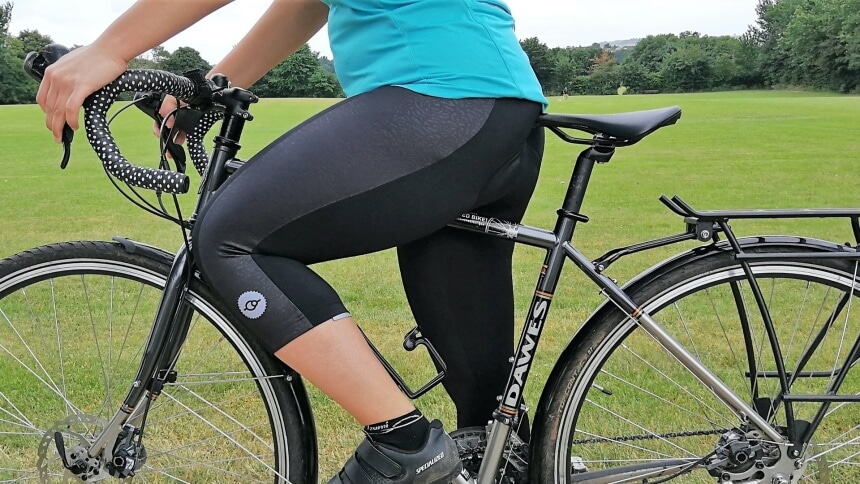 When you ride your bike, your legs do most of the work but more strain is put on them if you are sitting in the wrong position. The way you position your back can have a knock-off effect on your entire body, especially your knees.
When you ride your bike, your legs do most of the work but more strain is put on them if you are sitting in the wrong position. The way you position your back can have a knock-off effect on your entire body, especially your knees.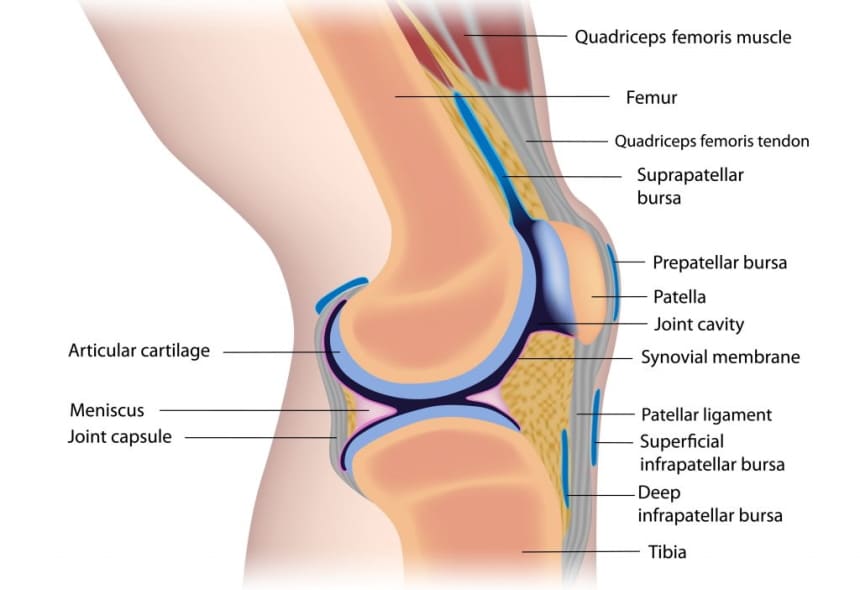 Let’s dive into common injuries that often happen as you cycle. This section deals with a bit of anatomy, so if you need a refresher on how your knees work,
Let’s dive into common injuries that often happen as you cycle. This section deals with a bit of anatomy, so if you need a refresher on how your knees work,  This pain refers to anything that is felt at the front of your knee. It is especially common if you fall off your bike and land on rough terrain. If you don’t already have a set of
This pain refers to anything that is felt at the front of your knee. It is especially common if you fall off your bike and land on rough terrain. If you don’t already have a set of 






